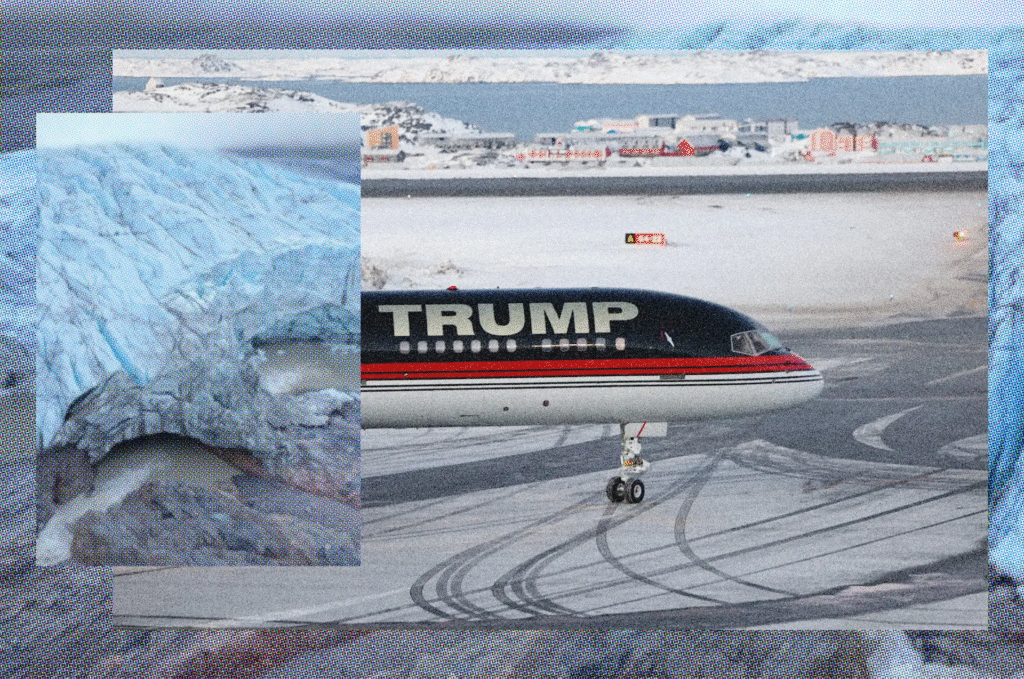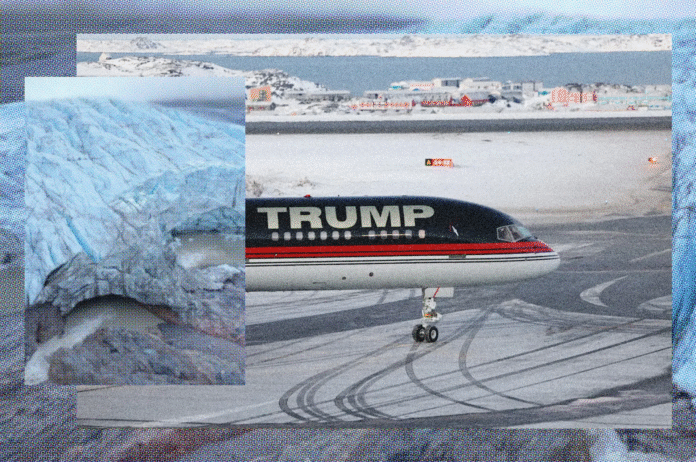
Greenland, the vast Arctic island that has long been synonymous with glaciers and frozen landscapes, is increasingly becoming a focal point of global attention—not just for its environmental challenges, but for the valuable resources hidden beneath its thick ice sheets. While the island’s glaciers continue to melt at an alarming rate, revealing more of what lies beneath, Greenland may hold the key to a solution to one of the most pressing geopolitical and economic issues of our time: access to rare earth elements.
Rare earths are essential for the development of clean energy technologies and the digital devices that power modern life. These elements, such as praseodymium in batteries, neodymium in phone vibration units, and dysprosium in wind turbines, are the unsung heroes behind many of the gadgets and systems we take for granted. But the majority of the world’s supply is currently controlled by China, creating a geopolitical chokehold that could prove problematic as demand for these materials surges.
Now, as Greenland becomes a hotbed of international interest, it is poised to play a crucial role in breaking that monopoly, while simultaneously navigating its own set of complex challenges. The island is not only a vital supplier of rare earths, but its geopolitical significance is also growing, making it a critical point of competition for global powers, particularly the United States and China.
Melting Ice, Revealing Valuable Resources
Greenland’s massive ice sheet, which contains enough fresh water to raise global sea levels by 23 feet, is rapidly shrinking. Between 2002 and 2023, the island lost an estimated 270 billion tons of ice annually. Warmer summer temperatures, coupled with the failure of snowfall to replenish the ice, have accelerated this melting process, contributing significantly to global sea level rise, which is now at about a quarter of an inch per year.
But while this climate change-driven melt presents dire environmental consequences, it also exposes something else: Greenland’s untapped mineral wealth. Beneath its icy surface lies a treasure trove of rare earth elements that could prove critical to the future of clean energy, electronics, and even national security. As the world shifts towards renewable energy sources, these minerals will become increasingly valuable, and Greenland’s importance as a supplier will only grow.
The Race for Greenland’s Resources
Greenland has long been dependent on fishing as its primary industry. However, the government is keen on diversifying its economy, and with vast deposits of rare earths beneath its ice, the island is starting to look like a mining frontier. While the harsh Arctic conditions and lack of infrastructure—such as roads or railways—have made large-scale mining operations challenging, the demand for these minerals is pushing companies to find ways to overcome these obstacles.
Historically, Greenland has only mined a handful of commodities, such as gold and rubies, but its mineral-rich deposits are beginning to attract more international interest. Greenland’s government has been cautiously opening up its mining sector, recognizing the potential economic benefits. However, the territory is also keen to balance resource development with environmental protection and the desires of its indigenous population.
This growing interest has turned Greenland into a geopolitical battleground. For the United States, Greenland’s vast mineral resources—combined with its strategic location in the Arctic—have made it a key focus of foreign policy. The island possesses 39 of the 50 minerals that the U.S. considers critical to national security and economic stability. It’s no surprise then that former President Donald Trump made headlines in 2019 when he suggested that the U.S. should acquire Greenland, a proposal that was met with strong resistance from the island’s government.
Though Greenland, an autonomous territory of Denmark, has made it clear that it is not for sale, its government is signaling openness to partnerships—especially in the minerals sector. In recent elections, the pro-business Demokraatit Party emerged as a strong political force, promising to accelerate the development of Greenland’s mining potential. At the same time, however, the party is adamant about pushing back against foreign interference, including Trump’s rhetoric, and maintaining Greenland’s sovereignty.
A Geopolitical Game Changer
The geopolitical stakes are high. As China continues to dominate the global supply of rare earth elements, many nations are looking to diversify their sources of these critical materials. Greenland, with its vast untapped reserves, has the potential to become a significant player in the global race for rare earths. However, the island’s ability to meet global demand is not just a question of resources; it also hinges on the complex web of international relations, environmental concerns, and local politics.
Greenland’s mineral wealth could be a game-changer for the world’s transition to clean energy. Rare earths are essential for manufacturing electric vehicles, wind turbines, and energy-efficient electronics. As the demand for renewable energy and advanced technologies rises, access to these materials will become increasingly crucial. In this context, Greenland’s strategic significance is poised to grow, making it a key player in the global competition for resources.
At the same time, the island’s development of its mining sector raises questions about the environmental impact of such operations. Mining in the Arctic is fraught with challenges, both from an ecological and logistical standpoint. Greenland’s government will need to navigate these challenges carefully, balancing economic development with the preservation of its pristine environment and the welfare of its indigenous communities.
The Future of Greenland’s Rare Earths
As the world seeks to break China’s monopoly on rare earth elements, Greenland is becoming an increasingly attractive prospect. With its wealth of minerals and geopolitical significance, the island is poised to play a pivotal role in shaping the future of global trade, clean energy, and technology. However, Greenland must carefully manage its resources and ensure that its development is sustainable, equitable, and aligned with its long-term interests.
For now, the race to access Greenland’s rare earths is just beginning, but the stakes are high. Whether Greenland will become a global mining hub or a focal point of international competition remains to be seen. One thing is clear: beneath its ice, Greenland holds the potential to reshape the global geopolitical landscape and play a key role in the transition to a cleaner, more sustainable future.


